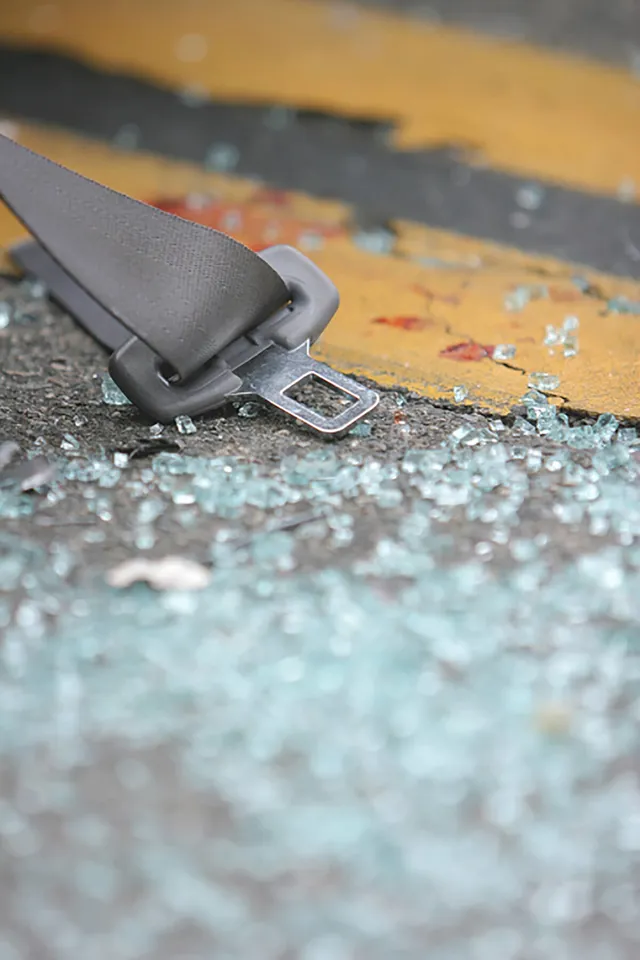Eight of out 10 of the UK’s most dangerous roads have centre line markings so worn that one third is almost non-existent; while half of the lines fall below the minimum specifiable standard, according to report to be published later this month by the Road Safety Markings Association at its “Seeing is Surviving” conference.
Taking the top 10 most dangerous roads identified in the latest Road Safety Foundation report (2006-2008), the RSMA assessed the quality of centre lines.
On one of the worst roads – a 5-mile section of the A6135 between Ecclesfield and junction 36 of the M1 (Hoyland) – three-quarters of the markings are either barely visible or need an immediate schedule for replacement.
Conversely, of the 10 notoriously dangerous roads identified by the Road Safety Foundation to have improved the most, seven had undergone targeted road marking treatments, with improvements resulting in cutting fatal and serious crashes by as much as 74%.
Speaking at the conference, George Lee, national director of the Road Safety Markings Association says: “The evidence is stark: eight out of ten of our most deadly roads have the most deadly markings … or in many cases, no markings at all. What’s more, the A18 which previously topped the league as the UK’s most dangerous road now has high quality markings as they were replaced shortly after the initial survey. We anticipate lives will be saved as a result, and would expect it to enter the league as one of the “most improved” in the next Foundation survey in the summer.
“The Government is supportive of measures that can deliver substantial rates of return on spending where lives can be saved. Mike Penning, the Roads Minister has given us his assured commitment to road safety, and he recognises that it is the Government’s role to provide well-researched and informed guidance for highways authorities when it comes to specifying safety measures,” says Lee.
“But road safety engineering programmes have too often been viewed as discretionary by many authorities and adoption can therefore be hit and miss.
This report flags up some serious concerns for the overall conditions of our road network now, and central government’s support is vital in hitting home the message that deadly road markings are costing lives.”
In a meeting with the Mike Penning last month, Lee asked for reassurance that the Government’s new, “localist” agenda would not jeopardise road safety. He received assurance from the Minister that such a move would be accompanied with sound guidance from central government, supported locally by “good decisions by well-informed people.”
“The Road Safety Foundation set as its theme for the year ahead ‘saving lives for less’. We believe that fundamental to this are good-quality road safety markings and would like this to be supported by Government activity and advice.
“Road markings provide the best, most simple navigation aid to drivers. If the UK’s eight most dangerous roads alone can be made safer and lives saved by spending less than £550,000, surely this is a sum we cannot justify saving. This is not about government cut-backs, but about the saving lives and the core spending that needs to be undertaken by highway authorities, year in year out: put bluntly they need to live up to their responsibilities.
“We will continue to drive home the message that for the cost of a pot of paint, lives can be saved.”


















RockinRic - 11/11/2010 16:56
Couldnt agree more. Thre are dozens of major & minor roads in Gtr. Manchester in this state. Lord help us when the road lights are turned off !!